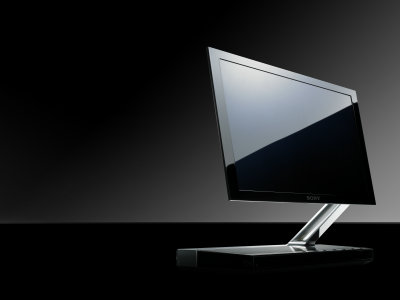Broadcast camera lenses shooting the Olympic Games are as expensive as you can buy one super car

In the Pyeongchang Olympic Games held in South Korea, games that have been incredible every day have been fought, and the image of the power that is broadcast at 4K resolution will enrich the spectators of the Olympic Games holding the sweat in the hands. For high-quality cameras for broadcasting that cut vividly not only the battle of the game but also the expression of the players, lenses exceeding 20 million yen are used.
Broadcast camera lenses at the Olympics can cost as much as a Lamborghini | Popular Science
https://www.popsci.com/olympic-camera-lenses-broadcast
In big sports events like the Olympic Games, you can see enthusiastic fans bringing in high zoom lenses in excess of 1 million yen. These are longing lenses for camera fans, but the price is relatively inexpensive compared to the lenses for broadcasting. America's broadcasting network NBC is using for the Pyeongchang Olympic Games relay by Canon's "UHD-Digisuper 86It is said that the market price is 222 980 dollars (about 23.6 million yen). Popular Science expresses it as "expensive as Lamborghini".

UHD-Digisuper 86 which is 20 million yen over lens alone without a camera, has a size of 250.6 × 255.5 × 637.4 mm and a mass of about 27 kg. The model name is named because the focal length is 9.3 mm - 800 mm and it has 86 times zoom. Furthermore, the focal length is doubled from 18.6 mm to 1600 mm with the extender, it is possible to capture the expression of the athlete clearly.

Corresponding to the characteristics of light is indispensable for the lens that collects light. By the prism effect caused by refraction of light of different wavelengths at different angles "chromatic aberrationThere may be a color shift called so. In order to prevent this chromatic aberration, Canon seems to use a special material such as fluorite having a lower refractive index than glass.

In processing the lens element, first the material is scraped off from the glass material and polished manually to remove incompleteness. According to Canon's Larry Soap, there is a possibility that performance of only 2 nanometer error may be affected in 4K camera lenses. Therefore, it seems that polishing is carried out by spending more time than general lenses.
According to Thorp, ideal lens design will be done using computer simulation before lens polishing work. "Think of hundreds of millions of possibilities with a computer before making a prototype of a new lens, simulation to analyze dimensions and shapes takes place over several months," Soorp said.
In Canon, we use the following two patterns of light to test the optical performance. The left tests the focus aberration of the lens and the right tests the distortion at wide angle.

The sensor of the broadcasting camera equipped with UHD-Digisuper 86 uses 2/3-inch sensor with 11 mm diagonal. For broadcast cameras, it is necessary to pack a lot of pixels in a very small area to obtain HD picture quality, and its difficulty is even higher at 4 K resolution. In the world of HD television, it is necessary to include 100 black and white lines every 1 mm, the required conditions become more severe at 4 K, according to Soap said "optically absurd level accuracy" is required That's right.
In addition, the lens is operated with both hands, it seems that usually you will adjust the zoom with the right hand and the focus with the left hand. Furthermore, the lens can be remotely controlled, and by assisting from the broadcasting room, the cameraman can concentrate on the fast moving subject. Soap said, "Camera operators of events like the Olympic Games have a very skilled arm, I want to bear the responsibility to chase the snowboarder that jumps half pipes with the camera while people around the world are watching There is not it. "
Related Posts:
in Hardware, Posted by darkhorse_log







